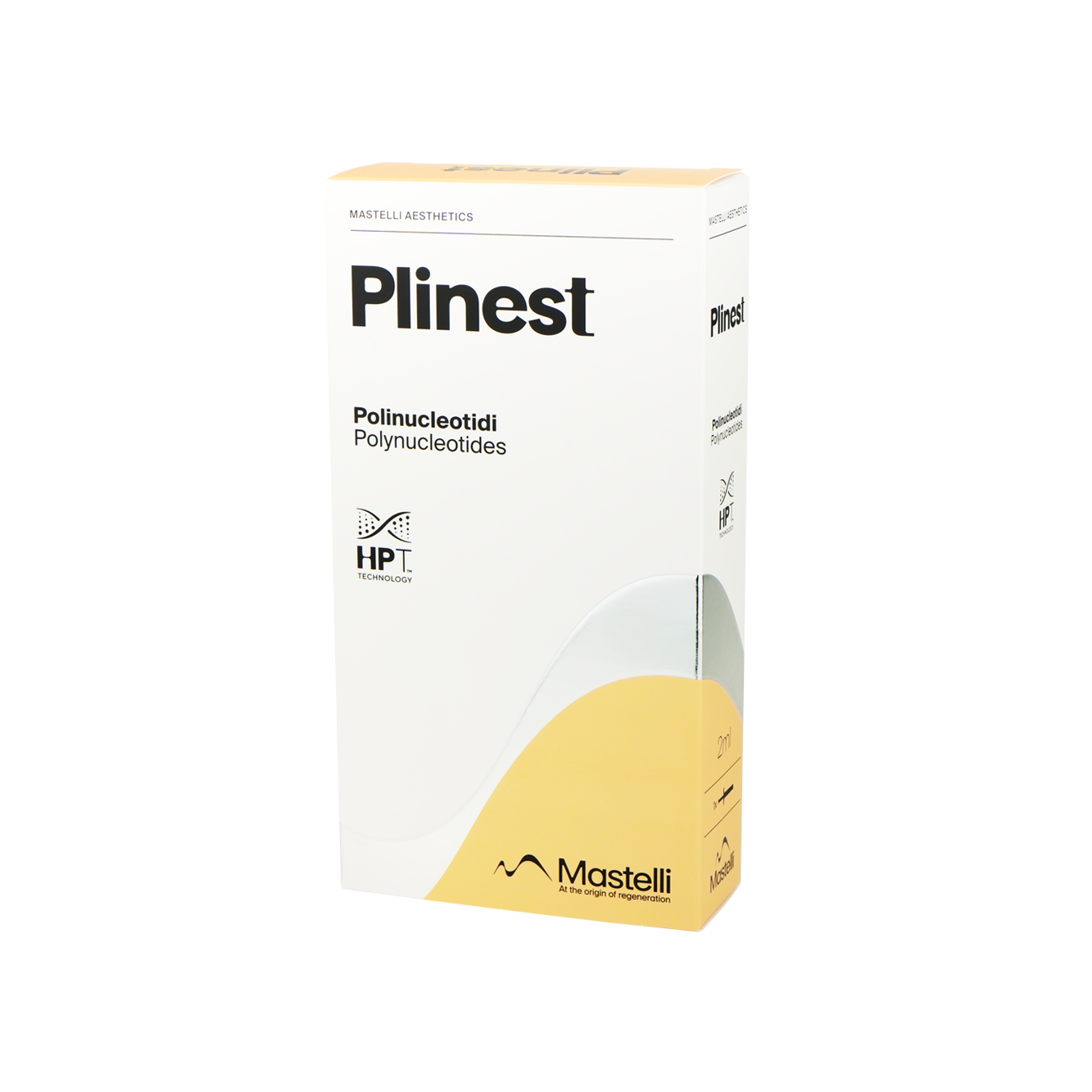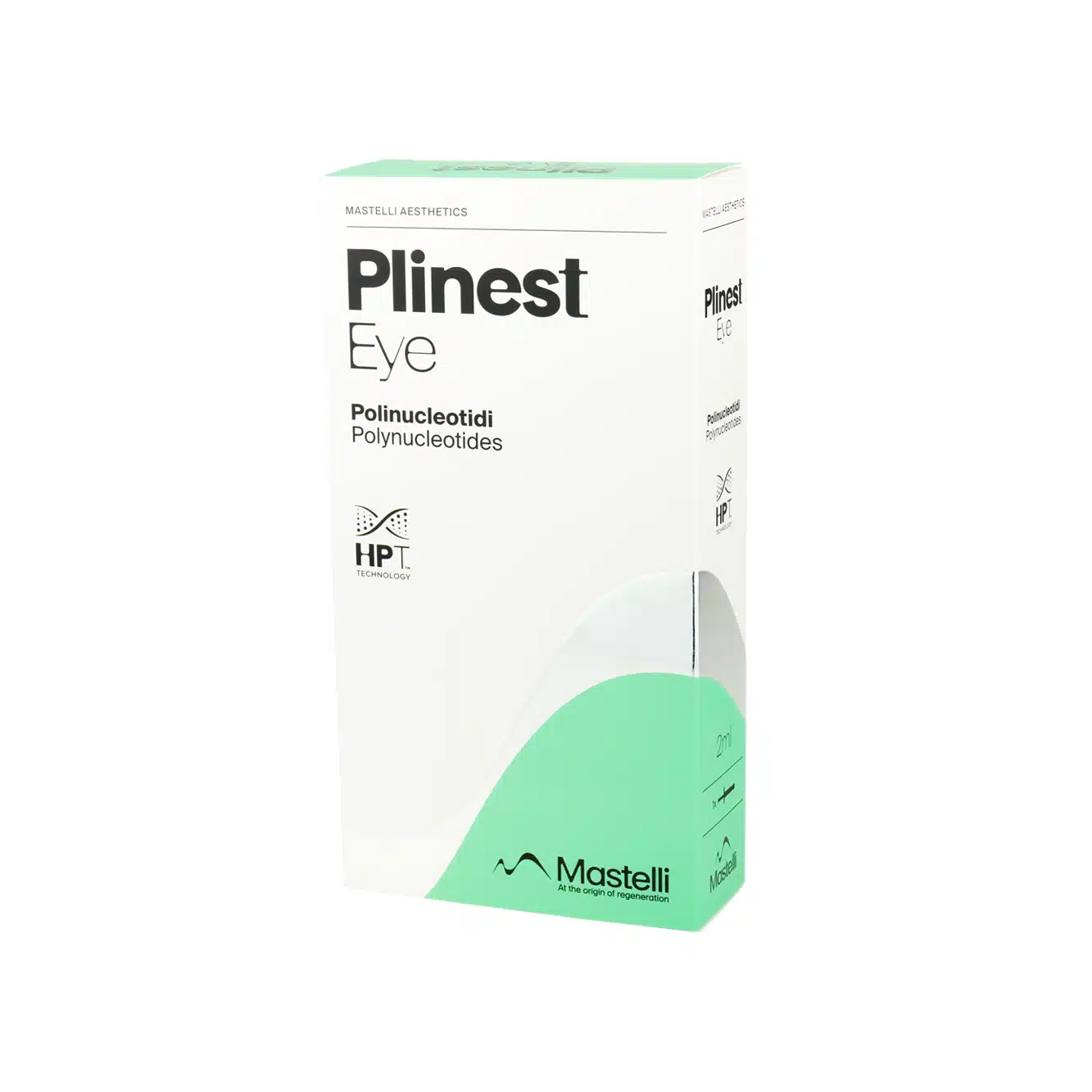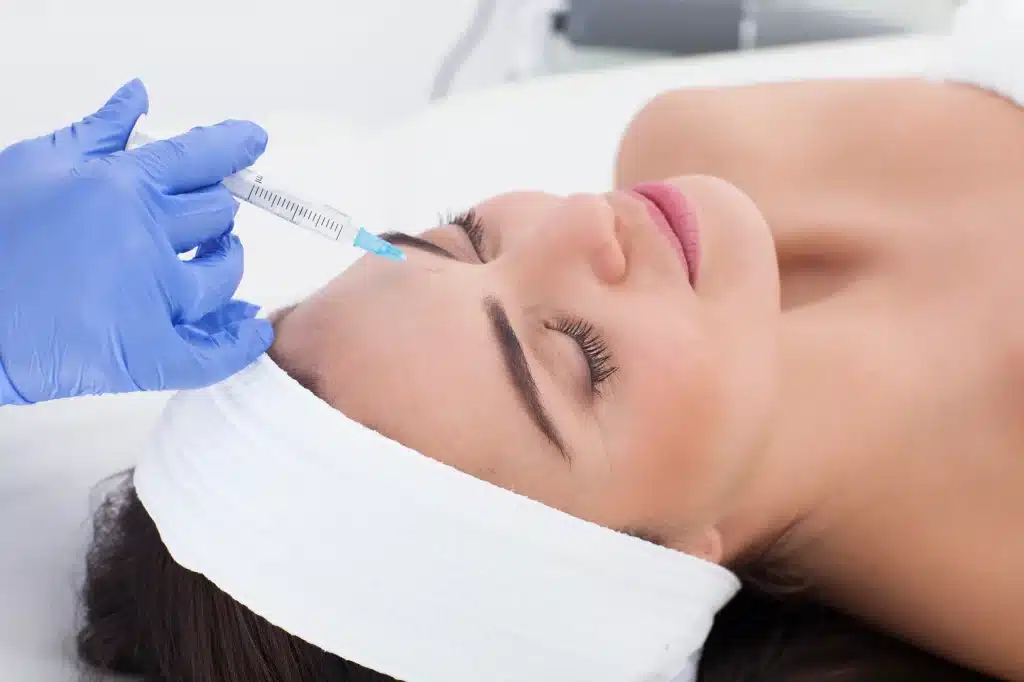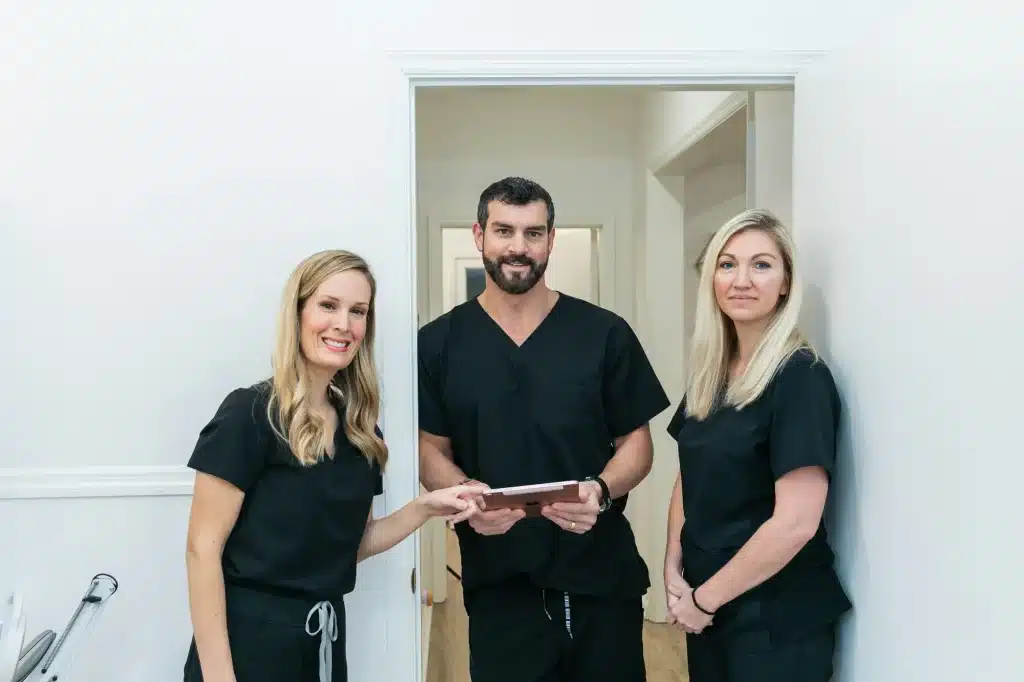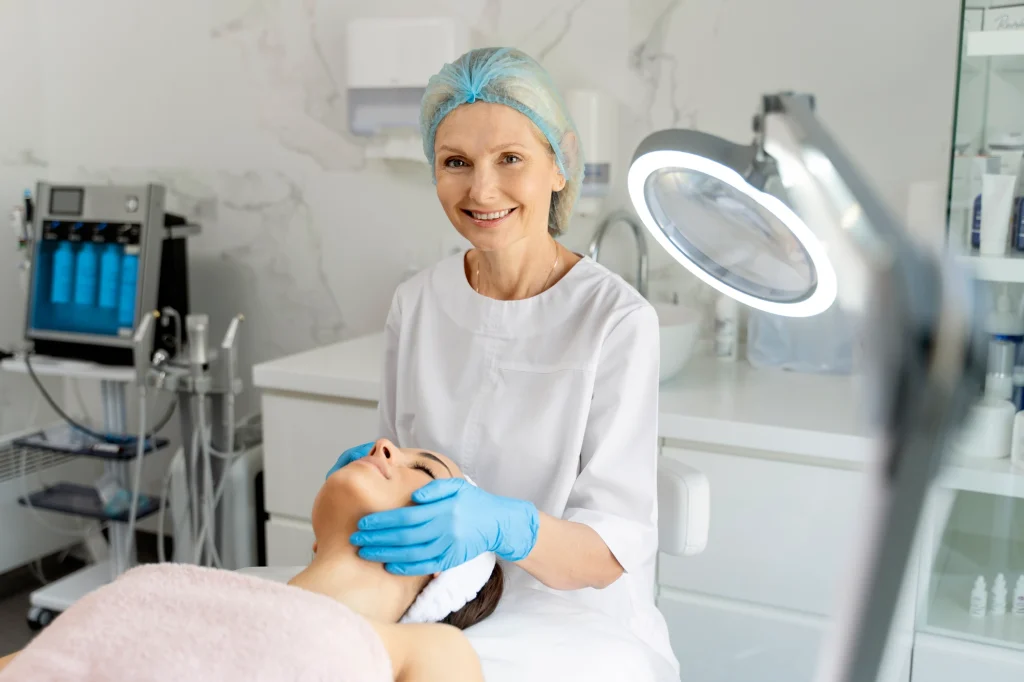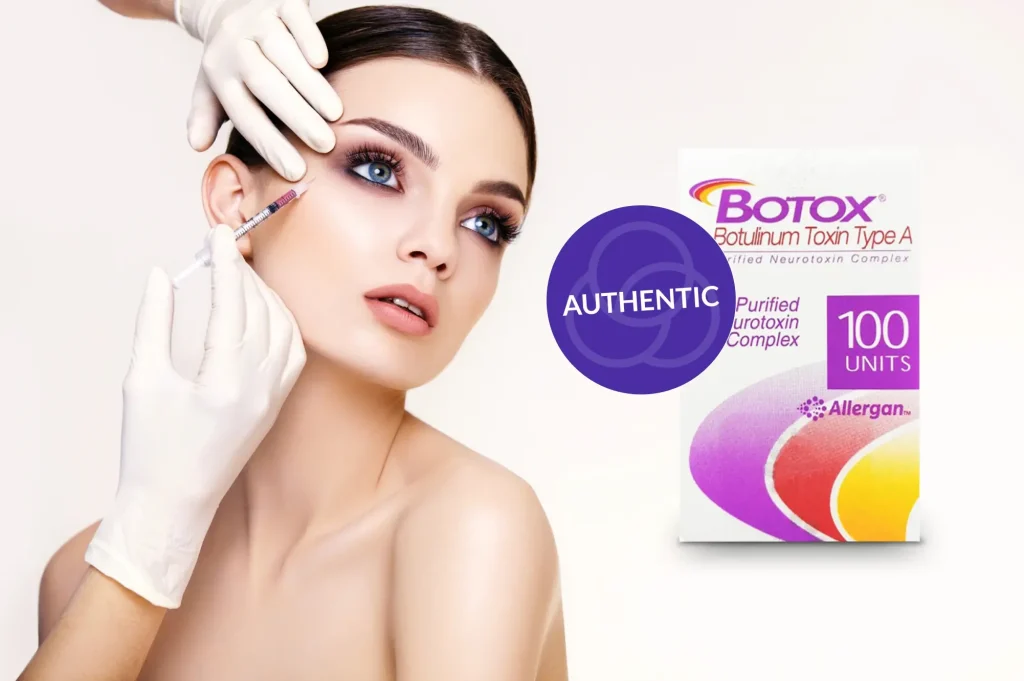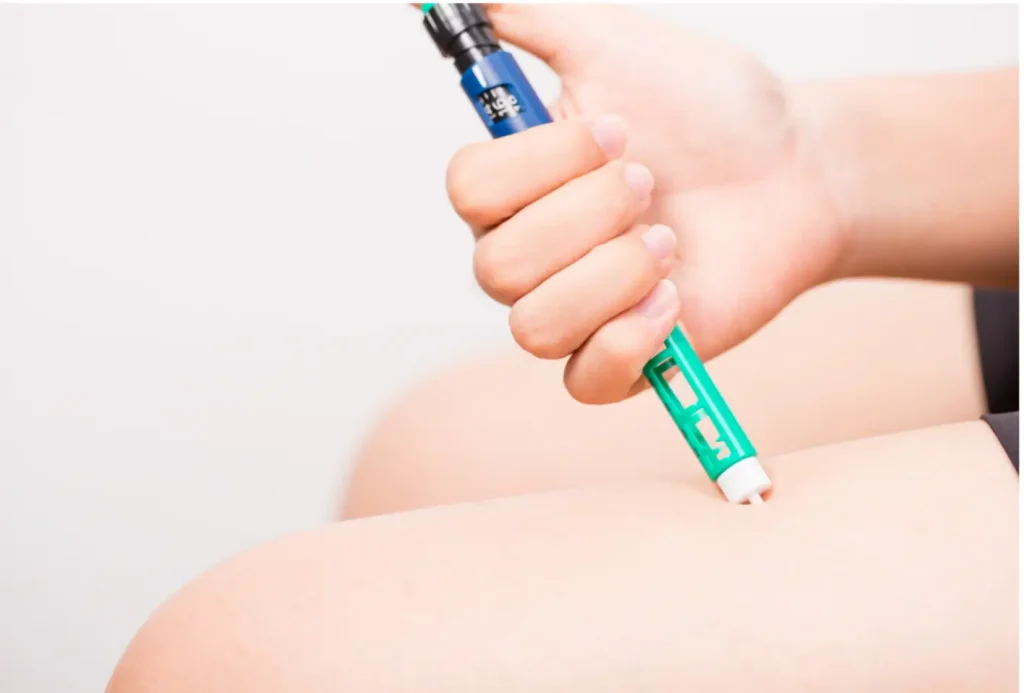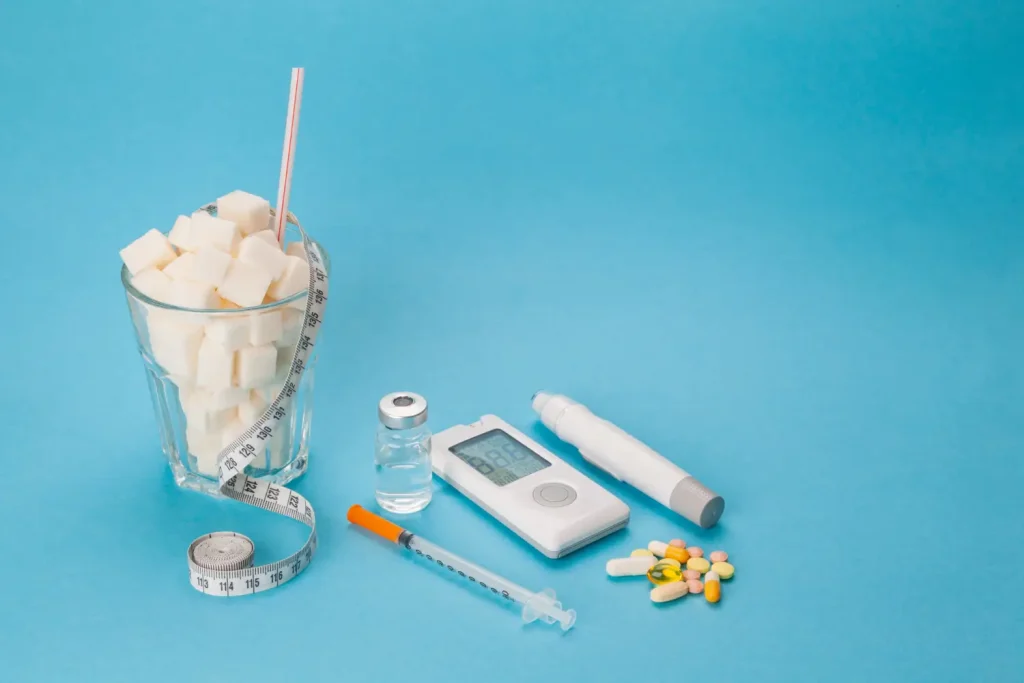Skin aging is an inevitable process shaped by a combination of intrinsic factors, such as genetics and biological aging, and extrinsic influences like UV exposure, pollution, and lifestyle habits. These factors contribute to the gradual decline in collagen production, skin elasticity, and overall dermal health, leading to concerns like wrinkles, dryness, and pigmentation.
As the demand for non-invasive, regenerative treatments rises, advanced solutions like Plinest have gained attention. Unlike traditional fillers, Plinest is a polynucleotide-based injectable that supports skin regeneration at the cellular level. By enhancing hydration, elasticity, and tissue repair, it offers a subtle yet effective approach to long-term skin rejuvenation.
In this article, we will answer all your questions about Plinest—exploring its mechanism of action, clinical benefits, treatment protocols, and the scientific evidence supporting its role in modern aesthetic medicine.
Key Takeaways
- Plinest is a polynucleotide-based injectable derived from trout DNA (PN-HPT technology), designed to stimulate fibroblast activity and enhance collagen synthesis for skin regeneration.
- It improves hydration, elasticity, and dermal texture by working at a cellular level, making it distinct from volume-based fillers that offer temporary results.
- Clinical studies confirm Plinest’s effectiveness in reducing fine lines, acne scars, and signs of aging, with documented improvements in skin firmness and elasticity over time.
- The standard treatment protocol involves 3 sessions spaced 2–3 weeks apart, with maintenance sessions every 6–12 months to sustain long-term results.
- Intradermal injections using microneedling or mesotherapy techniques ensure precise delivery, with minimal discomfort and downtime.
- Common Plinest side effects are mild and temporary, including redness, swelling, tenderness, and occasional bruising, typically resolving within a few days.
- Contraindications include known fish or seafood allergies, active skin infections, autoimmune conditions, pregnancy, and breastfeeding.
- Ideal for individuals in their late 20s and older seeking natural, gradual improvements in skin quality without volumizing effects.
- Backed by clinical evidence and high patient satisfaction, Plinest is a safe, effective choice for non-surgical skin rejuvenation, delivering progressive, long-lasting results.
About: Medical Spa RX provides medical practices with premium products at the best prices. If you’re looking to buy Plinest online for your practice, the sales representatives at Medical Spa RX can give you guidance.
Plinest Mechanism of Action and Clinical Benefits
Plinest is a polynucleotide-based injectable designed to enhance skin regeneration by stimulating fibroblast activity and promoting collagen synthesis. Once injected, polynucleotides act as a biological scaffold, encouraging cellular repair and boosting the skin’s regenerative capacity. Clinical studies have consistently demonstrated Plinest’s effectiveness in improving hydration, elasticity, and overall dermal quality.
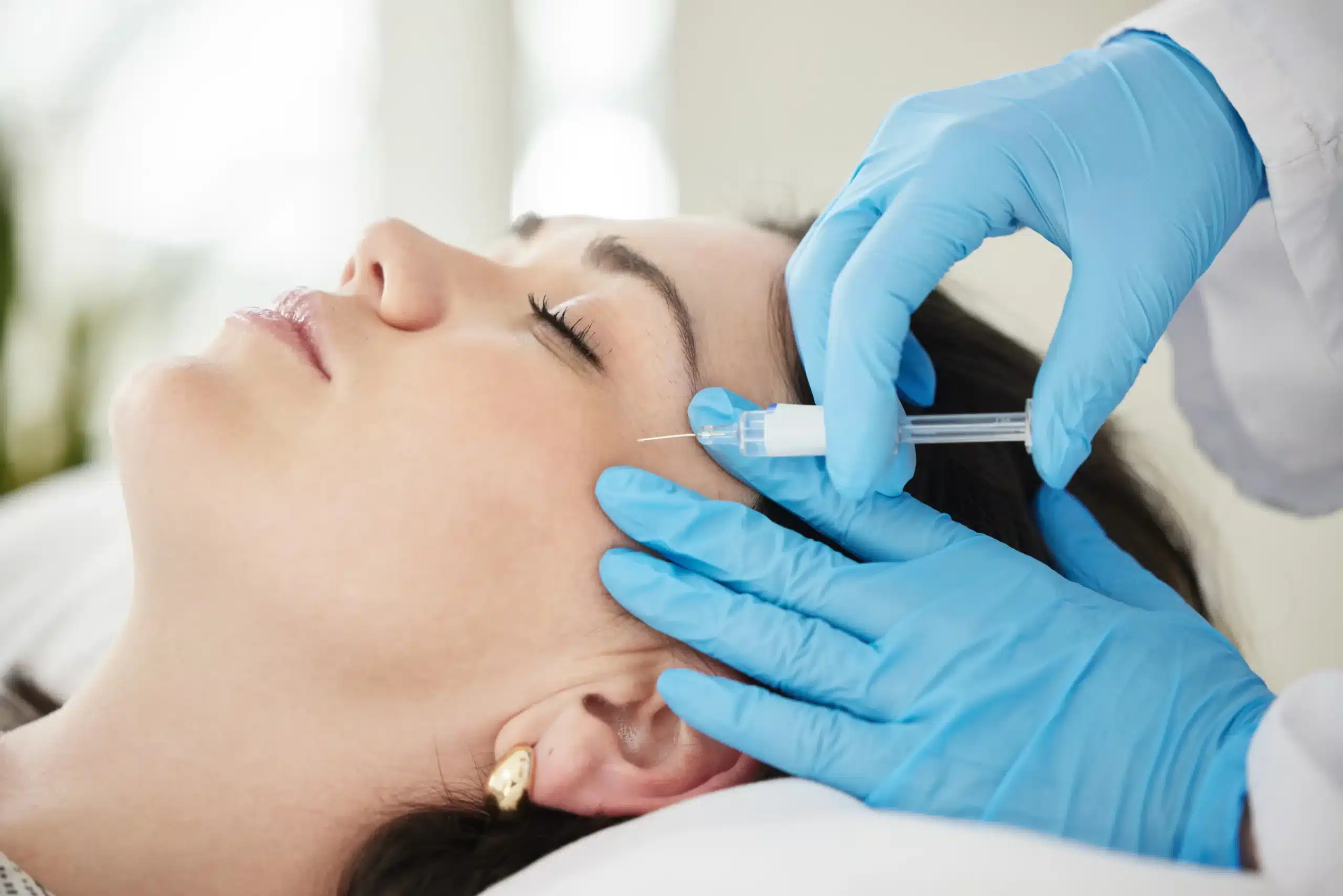
Research highlights that Plinest stimulates fibroblast proliferation, leading to increased collagen production, enhanced extracellular matrix (ECM) structure, and improved skin density. Over time, this results in visible improvements in skin texture, firmness, and elasticity.
In addition to these foundational benefits, documented trials support Plinest’s role in reducing fine lines, acne scars, and other signs of photoaging. Unlike traditional fillers that provide immediate volume, Plinest works at a cellular level, ensuring gradual, natural-looking results that evolve over weeks. Its minimal downtime, favorable safety profile, and progressive outcomes have established it as a preferred option in regenerative aesthetic medicine.
Plinest Treatment Protocol and Administration
To maximize its regenerative potential, Plinest follows a structured treatment protocol that promotes sustained collagen stimulation and tissue repair. The standard treatment course typically involves three initial sessions, spaced 2 to 3 weeks apart, allowing the skin to respond gradually to fibroblast activation.
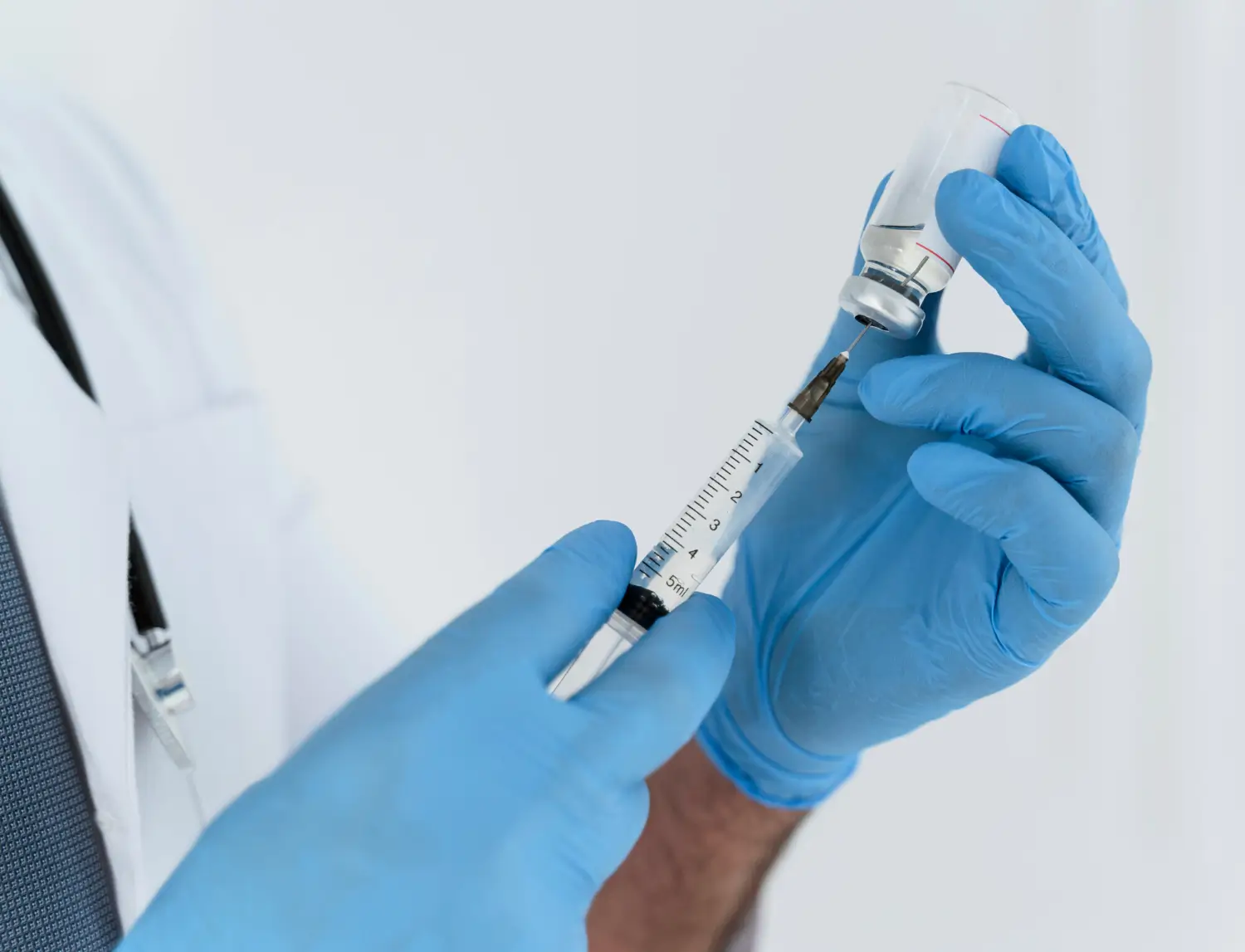
For long-term maintenance, booster sessions are recommended every 6 to 12 months, tailored to the individual’s age, skin condition, and aesthetic goals. This phased approach ensures continuous dermal remodeling and prolongs treatment benefits.
Administration Details
- Intradermal injections are performed using microneedling or mesotherapy techniques, ensuring precise delivery.
- A topical numbing agent is applied beforehand to minimize discomfort during treatment.
- Each session lasts 30–45 minutes, depending on the size of the treated area and the specific skin concerns.
Post-Treatment Guidelines
- Avoid direct sun exposure, strenuous activities, and saunas for 24–48 hours.
- Follow a gentle skincare routine and apply sunscreen to protect the treated area, promoting optimal healing.
Visible improvements in skin texture, hydration, and elasticity generally appear within 2 to 4 weeks, with continued enhancements over the following months.
Clinical Evidence Supporting Plinest
Multiple clinical studies support Plinest’s efficacy as a non-invasive skin rejuvenation treatment. Research on Polynucleotides Highly Purified Technology (PN-HPT®) has demonstrated significant improvements in skin hydration, elasticity, and dermal density, particularly in areas prone to aging, such as the nasolabial folds.
A prospective clinical trial evaluating PN20 (Plinest) reported noticeable enhancement of skin texture, firmness, and collagen production over a six-month period. These findings underscore Plinest’s role in tissue repair and extracellular matrix reinforcement, offering sustained dermal rejuvenation without volumizing effects.
Furthermore, emerging research in regenerative aesthetics emphasizes the versatility of polynucleotides in promoting wound healing, angiogenesis, and skin homeostasis, solidifying Plinest’s position as a science-backed solution for comprehensive skin revitalization.
Safety Profile and Patient Selection for Plinest
When comparing Plinest vs Nucleofill, both treatments exhibit strong safety profiles, but their clinical applications differ slightly. Plinest is primarily favored for its firming and regenerative effects, while Nucleofill emphasizes hydration and cellular detoxification. This distinction guides patient selection based on specific skin concerns.
Common Side Effects
- Mild redness or swelling
- Temporary tenderness at injection sites
- Occasional bruising
Contraindications
- Known allergy to fish or seafood (due to trout DNA content)
- Active skin infections or inflammation in the treatment area
- Autoimmune disorders or compromised immune function
- Pregnancy and breastfeeding (as a precaution)
Plinest is suitable for individuals seeking natural-looking improvements in skin texture, firmness, and elasticity, particularly those experiencing early signs of aging or skin fatigue. It appeals to patients in their late 20s and older, who prioritize gradual, regenerative outcomes over immediate volumizing effects.
Conclusion
Plinest is a polynucleotide-based injectable that enhances skin quality through fibroblast stimulation and extracellular matrix repair. By working at a cellular level, it addresses common concerns such as fine lines, acne scars, and loss of elasticity, delivering progressive, long-lasting results without adding volume.
Its minimal downtime, strong clinical evidence, and favorable safety profile make it an ideal choice for patients seeking natural skin rejuvenation. When combined with a tailored maintenance plan, Plinest provides a sustainable pathway to healthier, more resilient skin.
FAQs
1. What exactly are polynucleotides in Plinest?
Polynucleotides are DNA fragments that stimulate tissue regeneration and repair by activating skin fibroblasts.
2. Is Plinest the same as a dermal filler?
No. Unlike fillers, Plinest does not add volume but improves skin quality by promoting natural regeneration.
3. How long does it take to see results from Plinest?
Most patients see improvements in texture and firmness within 4–6 weeks after starting treatment.
4. Can Plinest be combined with other aesthetic treatments?
Yes. It is often combined with lasers, microneedling, or botulinum toxin for comprehensive rejuvenation.
5. Are the results of Plinest permanent?
Results are long-lasting but not permanent. Maintenance treatments every 6–12 months help sustain the benefits.
6. Is there any downtime after Plinest injections?
Downtime is minimal. Most patients return to normal activities within 24 hours after mild redness subsides.
7. Who is not a good candidate for Plinest?
People with fish allergies, active infections, or autoimmune diseases should not undergo Plinest treatments.
References
Vandiver AR, Hogan SR. Aging skin and non-surgical procedures: a basic science overview. Plastic and Aesthetic Research. 2020;2020. doi:https://doi.org/10.20517/2347-9264.2020.159
Lee KWA, Chan KWL, Lee A, et al. Polynucleotides in Aesthetic Medicine: A Review of Current Practices and Perceived Effectiveness. Int J Mol Sci. 2024;25(15):8224. Published 2024 Jul 27. doi:10.3390/ijms25158224


